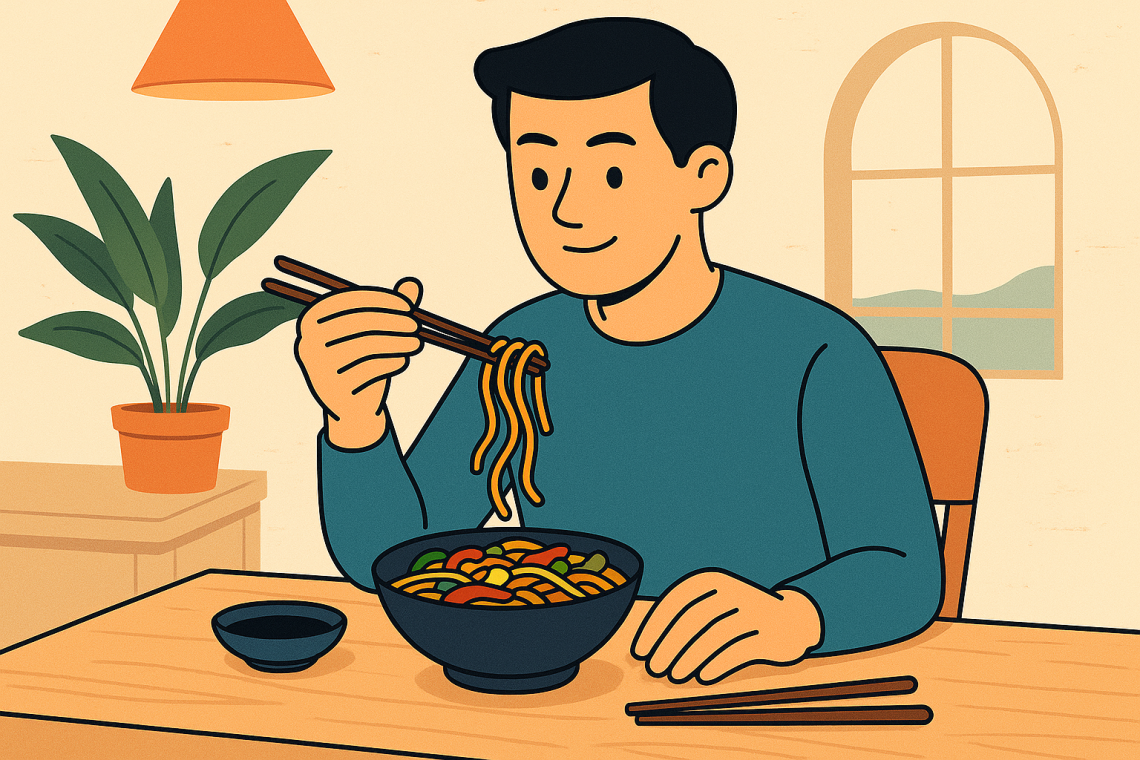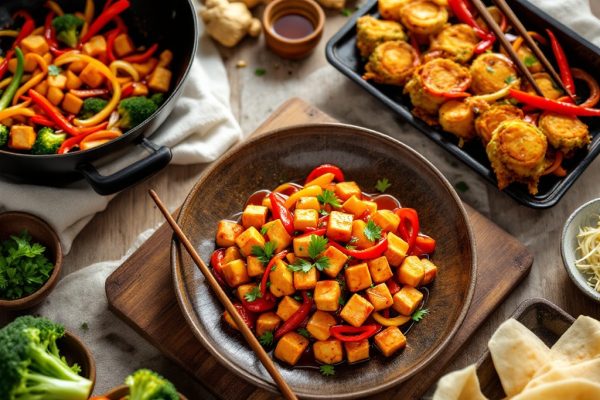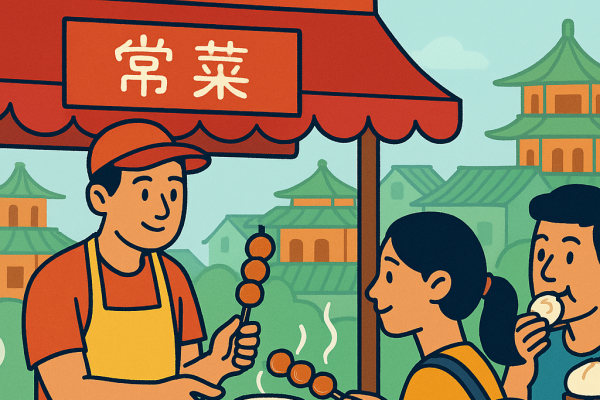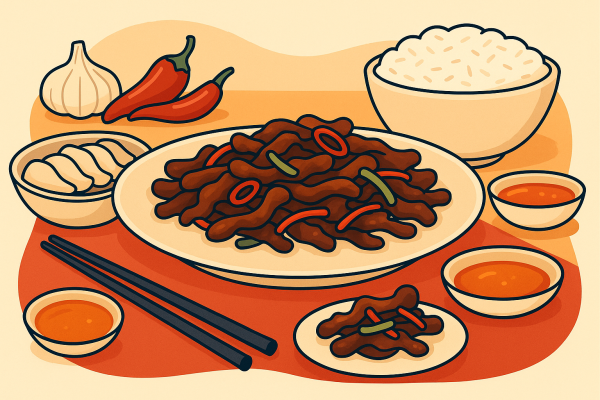Beyond the Basics: How to Eat Like a Pro with Chinese Chopsticks
Master the art of chopsticks! Originating in ancient China, these simple yet elegant utensils are more than just tools—they’re a gateway to cultural appreciation and enhanced dining. This guide provides a step-by-step approach, from basic handling to advanced techniques for noodles, sashimi, and various food textures. Learn proper etiquette to avoid common mistakes and discover practice exercises to improve your dexterity. Elevate your dining experience with chopsticks and unlock a new level of culinary enjoyment.
Important information
- One chopstick rests between your thumb and index finger, supported by your ring finger. The other chopstick, held like a pencil, moves to grasp food.
- Sticking chopsticks upright in rice bowls and passing food chopstick-to-chopstick are faux pas, resembling funeral rites.
- Avoid spearing food, rubbing chopsticks together, or using them to point, as these are considered rude.
- Using chopsticks promotes mindful eating, improves dexterity, and shows cultural respect.
- Practice with various sized objects and food textures to refine your chopstick skills.
Understanding the Basics of Chinese Chopsticks
Chopsticks, ubiquitous in Asian cuisine, originated in ancient China. Traditionally crafted from wood or bamboo, modern versions often incorporate plastic. Here’s how to use them:
Place one stick between your thumb and index finger, resting it on your ring finger for support.
Hold the other stick like a pencil between your thumb, index, and middle fingers. This stick provides the movement for grasping food.
Practice to improve your dexterity and control.
Step-by-Step Guide to Proper Chopstick Technique
Secure the first chopstick between your thumb and index finger, resting it on your ring finger. This one remains stationary.
Hold the second chopstick like a pencil, between your thumb, index, and middle fingers. This is the one you’ll move.
Practice opening and closing the chopsticks by manipulating the top one with your index and middle fingers, while your thumb and ring finger keep the other steady.
Start practicing with larger food items for an easier grip.
Gradually move to smaller pieces to refine your technique.
Common Mistakes and How to Avoid Them
Using chopsticks correctly is a sign of respect in many cultures. Here’s a guide to proper chopstick etiquette:
Never stick chopsticks upright in a bowl of rice. This resembles incense offerings at funerals.
Avoid passing food directly from chopsticks to chopsticks. This also mirrors a funeral practice.
Refrain from spearing food with your chopsticks. It’s considered impolite.
Do not rub your chopsticks together or use them to point. These actions are viewed as rude.
When resting your chopsticks, place them together on a chopstick rest or on the edge of your plate. Avoid crossing them or leaving them standing upright in your food.
Don’t grip your chopsticks too tightly. A relaxed grip offers better control and dexterity.
Always use two chopsticks. Using only one is considered improper.
By following these guidelines, you demonstrate cultural sensitivity and respect.
Practice Exercises to Improve Dexterity and Coordination
Enhance your dexterity and hand-eye coordination with these exercises:
- Practice with small objects: use chopsticks to pick up small items like beads, buttons, or rice, transferring them between bowls to refine your precision.
- Utilize everyday tools: if chopsticks aren’t readily available, pencils, pens, or tweezers offer similar benefits for improving dexterity.
- Master the “forklift” technique: challenge yourself by lifting larger food items with chopsticks, developing greater control and advanced skills.
- Consistent practice: regular training with any of these methods will steadily improve your chopstick skills and overall hand-eye coordination.
Advanced Chopstick Techniques for Different Foods
Using chopsticks adds an authentic touch to your dining experience. For noodles, lift and slurp them directly from the bowl—it’s the customary way to savor this dish. With sashimi, use chopsticks to pick up each piece and delicately dip it in soy sauce.
Chopstick Techniques for Various Foods
Chopstick technique varies depending on the food you’re enjoying. A gentle pinch is ideal for delicate foods like tofu, while a firmer grip is better for larger or denser items such as steak. Adjust your hold to comfortably manage various textures.
Examples
- Noodles: lift and slurp directly from the bowl.
- Sashimi: pick up each piece with chopsticks and dip in soy sauce.
- Tofu: use a gentle pinch.
- Steak or other dense foods: use a firmer grip.
Handling Noodles and Sashimi
Chopsticks are ideal for enjoying noodles, whether twirling, scooping, or lifting them from a flavorful broth. Their precision offers superior control and minimizes splashing.
Sashimi, however, requires a gentler approach. Lift each delicate slice with care, avoiding any unnecessary pressure.
Chopstick Manipulation for Various Food Textures
Using chopsticks effectively depends on the food’s texture. Sticky rice and noodles, due to their cohesive nature, are easy to pick up. Sashimi, being slippery, requires a delicate pinch. Larger, firmer foods are easily lifted, while smaller, softer items necessitate using the chopstick tips for precise picking. Practicing with different textures will improve your chopstick skills.
Enhancing Your Dining Experience with Chopsticks
Using chopsticks offers several surprising benefits. They encourage mindful eating by naturally slowing you down, which allows you to savor each bite and appreciate your meal more deeply. Observing proper chopstick etiquette demonstrates cultural respect and enhances the dining experience. Finally, using chopsticks improves dexterity, adding a touch of elegance to every meal.
Benefits of Using Chopsticks for Culinary Enjoyment
Chopsticks enhance dining by encouraging mindful eating, allowing you to savor both the food and the overall experience. Using them improves dexterity and coordination, enabling precise food handling. Beyond these practical advantages, chopsticks offer a deeper cultural appreciation, particularly within East Asian cuisine. For example, they can aid portion control, which benefits weight management. The unique tactile experience of using chopsticks enriches the sensory aspects of dining, adding another layer of enjoyment to your meal.
Improving Precision and Coordination While Dining
Using chopsticks enhances hand and wrist precision, sharpening fine motor skills for better food handling and more enjoyable meals. Studies show that using chopsticks improves hand-eye coordination and may even offer cognitive benefits.

















